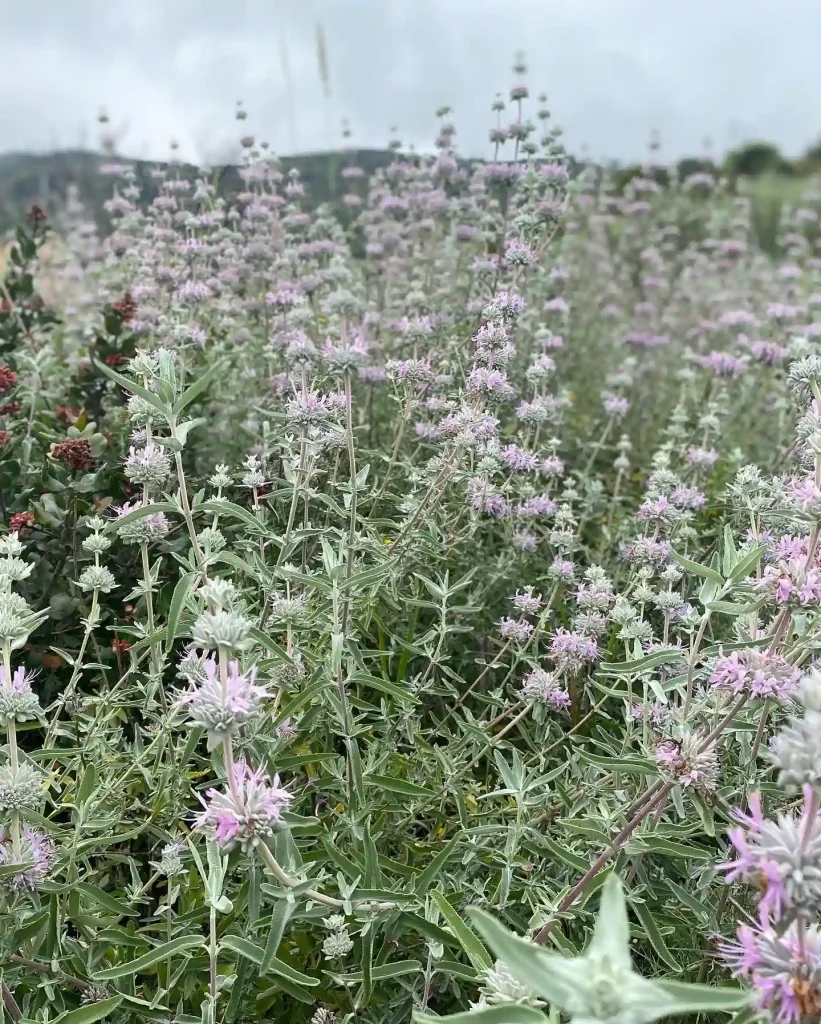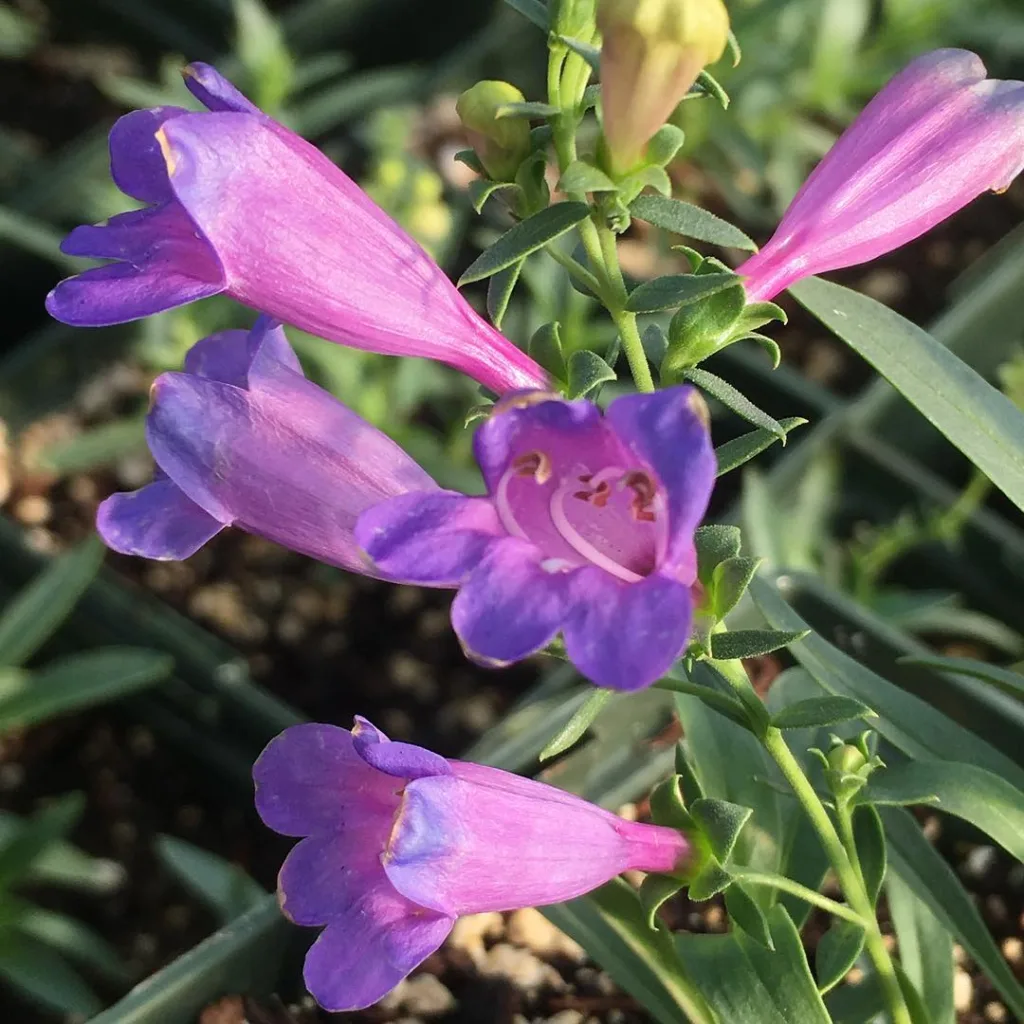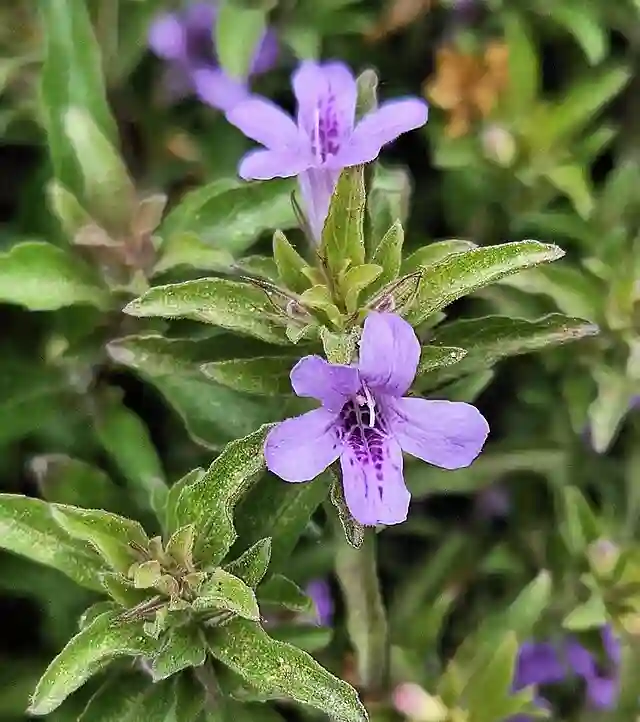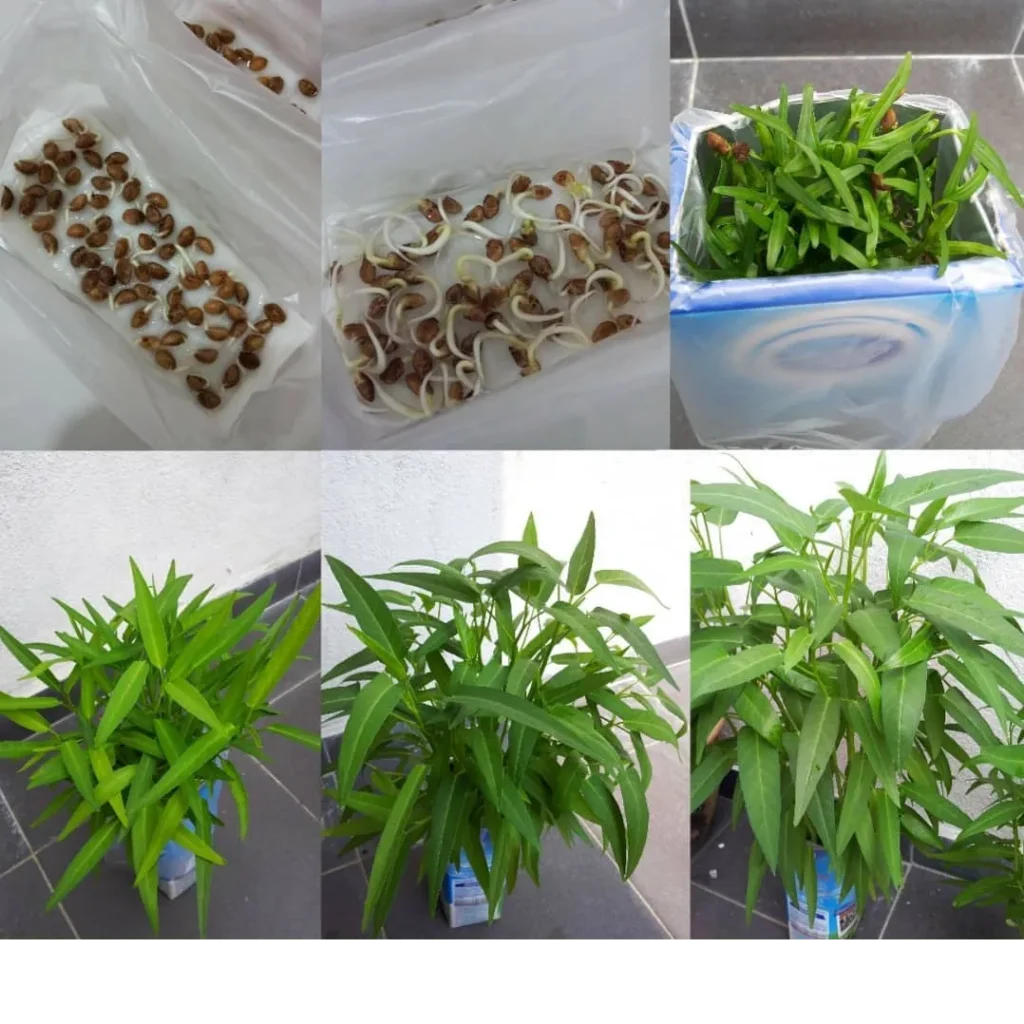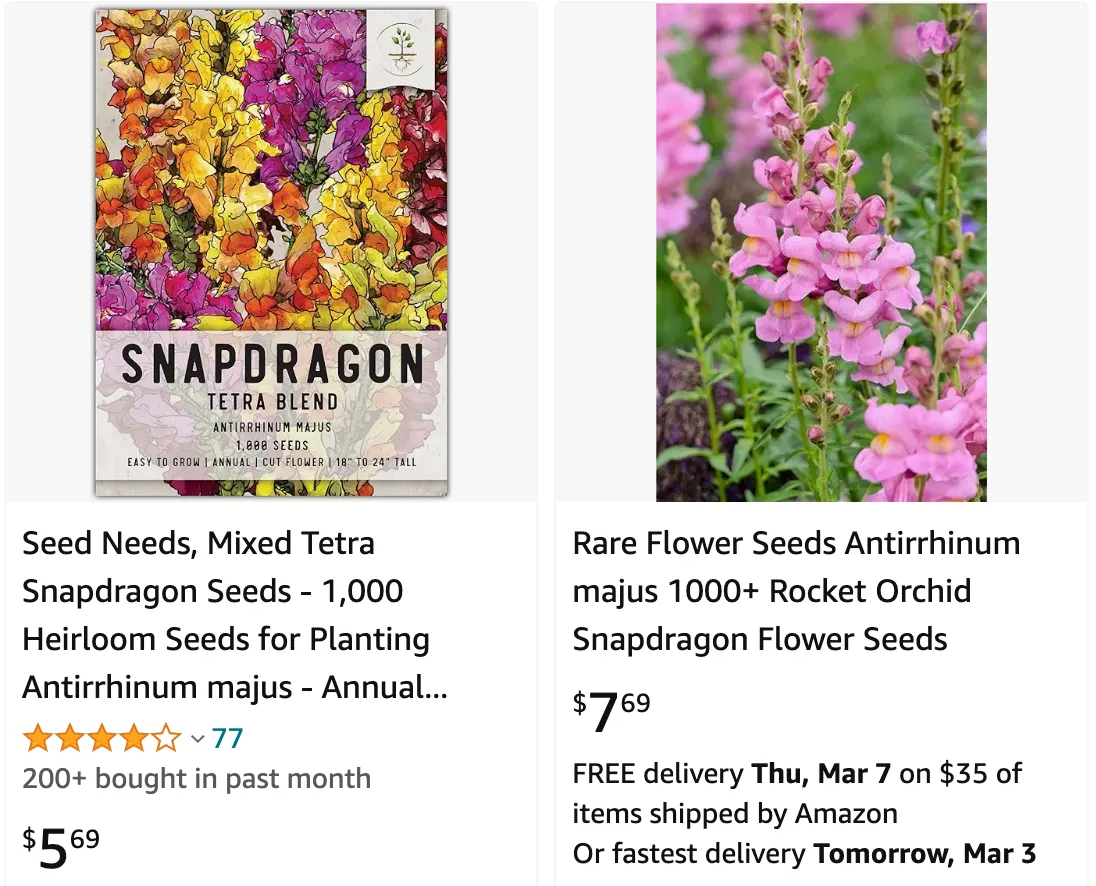
The Beauty and Charm of Antirrhinum Majus
Antirrhinum majus, commonly known as the snapdragon, is one of my favorite flowers. Its vibrant colors and unique shape never fail to catch my eye and bring a smile to my face. In this article, I want to share with you some fascinating details about Antirrhinum majus, from its origins to growing tips. Let’s delve into the world of these enchanting blooms.
29 Species in Genus Antirrhinum – Snapdragon
What is Antirrhinum majus?
Antirrhinum majus, also known as the snapdragon, is a plant species in the family Plantaginaceae. The name “snapdragon” comes from the flower’s resemblance to a dragon’s mouth that opens and closes when laterally squeezed. These flowers come in a wide array of colors, including pink, red, white, yellow, and purple, making them a popular choice for gardeners looking to add a splash of color to their gardens.
Is Antirrhinum majus perennial?
One of the common questions I get asked about Antirrhinum majus is whether it is a perennial. The answer is both yes and no. Antirrhinum majus is technically a short-lived perennial, but it is often grown as an annual. In milder climates, such as USDA hardiness zones 7-10, snapdragons can survive winter and bloom again the following season. However, in colder climates, they are usually planted as annuals, completing their life cycle in one growing season.
Do you italicize Antirrhinum majus?
When writing the scientific name of the snapdragon, it is customary to italicize it. So, the correct way to write it is Antirrhinum majus. This practice follows the conventions of botanical nomenclature, where the genus and species names are italicized to differentiate them from common names and other text.
What country is Antirrhinum majus from?
Antirrhinum majus has its origins in the Mediterranean region. This area, known for its warm climate and diverse flora, provides the ideal conditions for snapdragons to thrive. The plant has been cultivated and hybridized extensively, leading to the wide variety of colors and forms available today. While native to the Mediterranean, snapdragons have become a beloved garden staple worldwide.
How to grow Antirrhinum majus?
Growing Antirrhinum majus can be a rewarding experience, whether you are a seasoned gardener or a novice. Here are some tips to help you cultivate these beautiful flowers:
- Location: Choose a sunny spot in your garden. Snapdragons prefer full sun but can tolerate partial shade.
- Soil: Ensure the soil is well-drained and rich in organic matter. Snapdragons do not thrive in heavy, waterlogged soils.
- Watering: Keep the soil evenly moist but not soggy. Overwatering can lead to root rot, while underwatering can stress the plants.
- Fertilizing: Use a balanced, all-purpose fertilizer to promote healthy growth and abundant blooms. Follow the instructions on the fertilizer package for the best results.
- Maintenance: Deadhead spent flowers to encourage continuous blooming. This will also help the plant direct its energy towards new growth.
How to grow Antirrhinum majus from seed?
Starting Antirrhinum majus from seed is a great way to propagate these lovely plants. Here’s a step-by-step guide to help you get started:
- Sowing Time: Start seeds indoors 6-8 weeks before the last expected frost date in your area.
- Seed Trays: Fill seed trays or small pots with a seed-starting mix. Moisten the mix before sowing the seeds.
- Sowing Seeds: Scatter the seeds on the surface of the soil and press them lightly. Snapdragons require light to germinate, so do not cover the seeds with soil.
- Germination: Place the trays in a warm, bright location. A temperature of 65-75°F (18-24°C) is ideal. Keep the soil moist by misting it with water.
- Transplanting: Once the seedlings have several sets of true leaves and the danger of frost has passed, transplant them into the garden, spacing them about 6-12 inches apart.
How to care for Antirrhinum majus?
Caring for Antirrhinum majus involves regular maintenance to ensure they thrive throughout the growing season. Here are some care tips:
- Pruning: Regularly pinch back the growing tips of the plants to encourage bushier growth.
- Pest Control: Watch out for common pests such as aphids and spider mites. Treat infestations promptly with insecticidal soap or neem oil.
- Disease Prevention: Ensure good air circulation around the plants to prevent fungal diseases. Avoid overhead watering to keep the foliage dry.
What to plant with Antirrhinum majus?
Antirrhinum majus pairs beautifully with a variety of other plants. Consider companion planting with the following:
- Pansies and Violas: These cool-season flowers complement the snapdragon’s early blooming period.
- Marigolds: Their bright colors and pest-repellent properties make them excellent companions.
- Dusty Miller: The silvery foliage of Dusty Miller provides a striking contrast to the vibrant snapdragon blooms.
In conclusion, Antirrhinum majus is a versatile and captivating addition to any garden. Whether you are growing them as annuals or perennials, their charming flowers are sure to bring joy and color to your outdoor space. Happy gardening!
If i die, water my plants!
